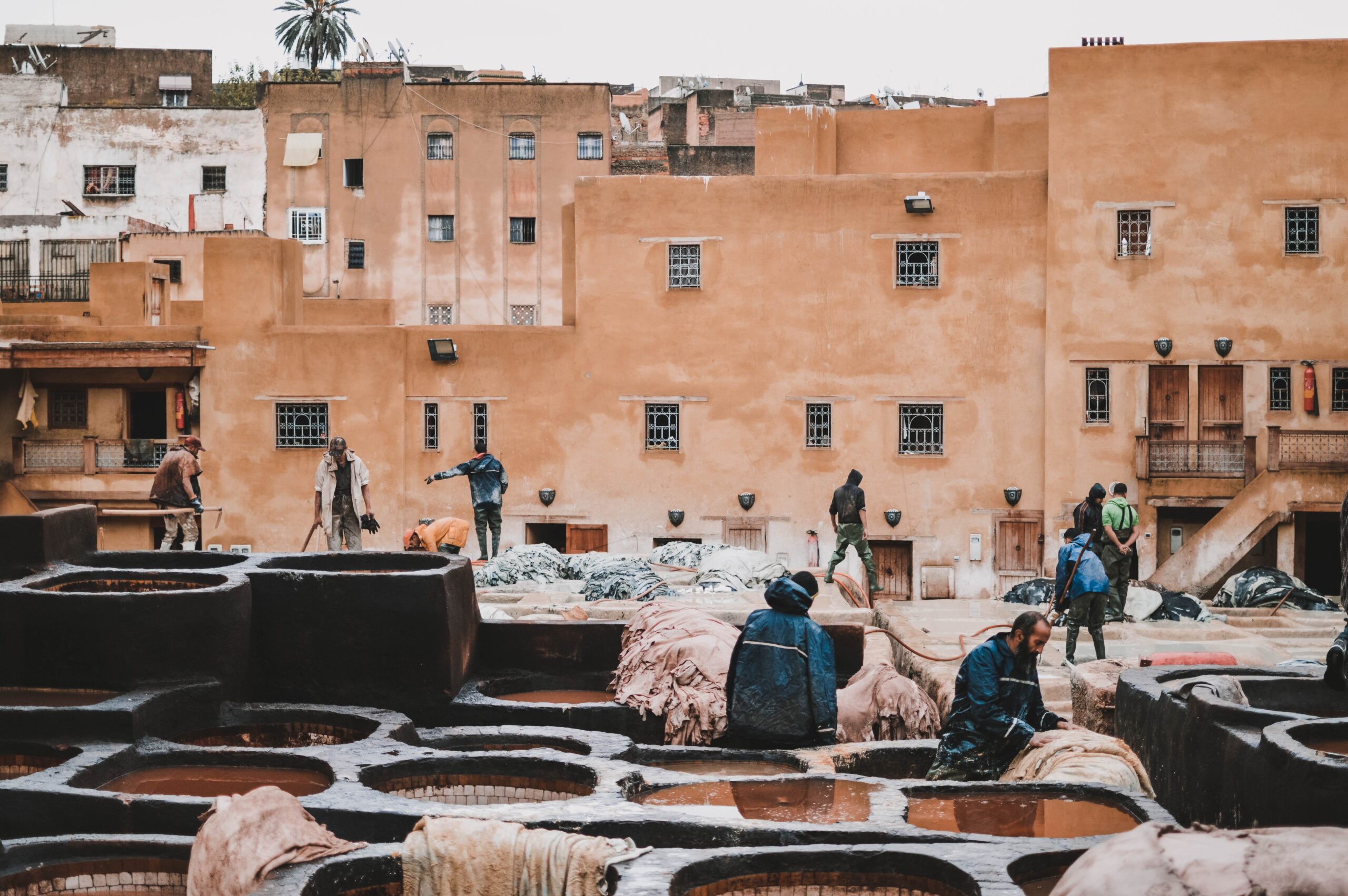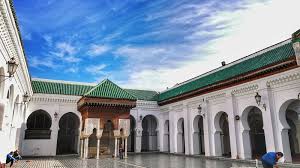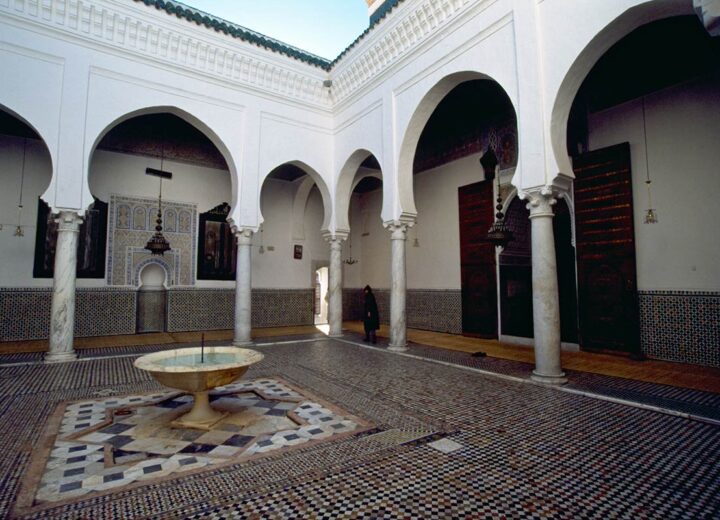Fez Morocco History
Old Fes
The oldest of Morocco’s four imperial capitals and the most complete medieval city of the Arab world, Fez stimulates all the senses: a barrage of haunting and beautiful sounds, infinite visual details and unfiltered odours. It has the French-built Ville Nouvelle of other Moroccan cities – familiar and contemporary in looks and urban life – but a quarter or so of Fez’s one-million-plus inhabitants continue to live in the extraordinary Medina-city of Fez el Bali, which owes little to the West besides electricity and tourists. More than any other city in Morocco, the old town seems suspended in time somewhere between the Middle Ages and the modern world.











Things to see in Fez el Bali
With its mosques, medersas and fondouks, back alleys crammed with goods-laden donkeys, and a mile-long labyrinth of souks, there are enough sights in Fez el Bali (Old Fez) to fill three or four days just trying to locate them. In this – the apparently wilful secretiveness – lies part of Fez’s fascination, and there is much to be said for Paul Bowles’ somewhat lofty advice to “lose oneself in the crowd – to be pulled along by it – not knowing where to and for how long…to see beauty where it is least likely to appear”. Do the same and you must be prepared to get really lost, but then that is half the fun – and it is all the more uplifting to stumble across the magnificent Medersa Bou Inania, or to unexpectedly find yourself on Rue Boutouail and realize that the courtyard you are peering into is that of the Kairaouine Mosque, the epicentre of religious life in Morocco.
Brief history of Fez
When the city’s founder, Moulay Idriss I, died in 791 AD, Fez was little more than a village on the east bank of the Oued Boukhrareb. It was his son, Idriss II, who really began the city’s development, at the beginning of the ninth century, by making it his capital and allowing in refugees from Andalusian Cordoba and from Kairouan in Tunisia – at the time, the two most important cities of western Islam. The impact of these refugees on Fez was immediate and lasting: they established separate, walled towns on either riverbank (still distinct quarters today), and provided the superior craftsmanship and mercantile experience for Fez’s industrial and commercial growth. It was at this time, too, that the city gained its intellectual reputation – the tenth-century Pope Sylvester II studied here at the Kairaouine University, technically the world’s first, where he is said to have learned the Arabic mathematics that he introduced to Europe.
The seat of government – and impetus of patronage – shifted south to Marrakesh under the Berber dynasties of the Almoravids (1062–1145) and Almohads (1145–1248). But with the conquest of Fez by the Merenids in 1248, and their subsequent consolidation of power across Morocco, the city regained its pre-eminence and moved into something of a “golden age”. Alongside the old Medina, the Merenids built a massive royal city – Fez el Jedid or New Fez – which reflected both the wealth and confidence of their rule. Continued expansion, once again facilitated by an influx of refugees, this time from the Spanish reconquest of Andalusia, helped to establish the city’s reputation as “the Baghdad of the West”.
After the fall of the Merenids, Fez became more isolated under the Saadians and Alaouites, and French colonial rule allowed the city little more than a provincial existence. Despite the crucial role the Fassis played in the struggle for independence (a time brought to life in Paul Bowles’ novel The Spider’s House), Mohammed V retained the French capital of Rabat, condemning the city to further decline. If UNESCO had not inscribed it onto their World Heritage list in 1981, it seems likely that much of the old city would have been threatened by extensive physical collapse.